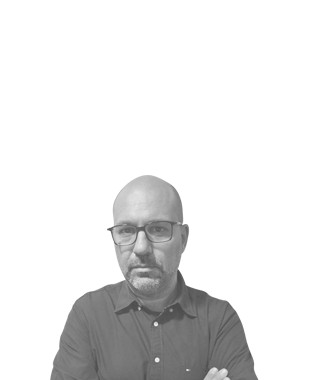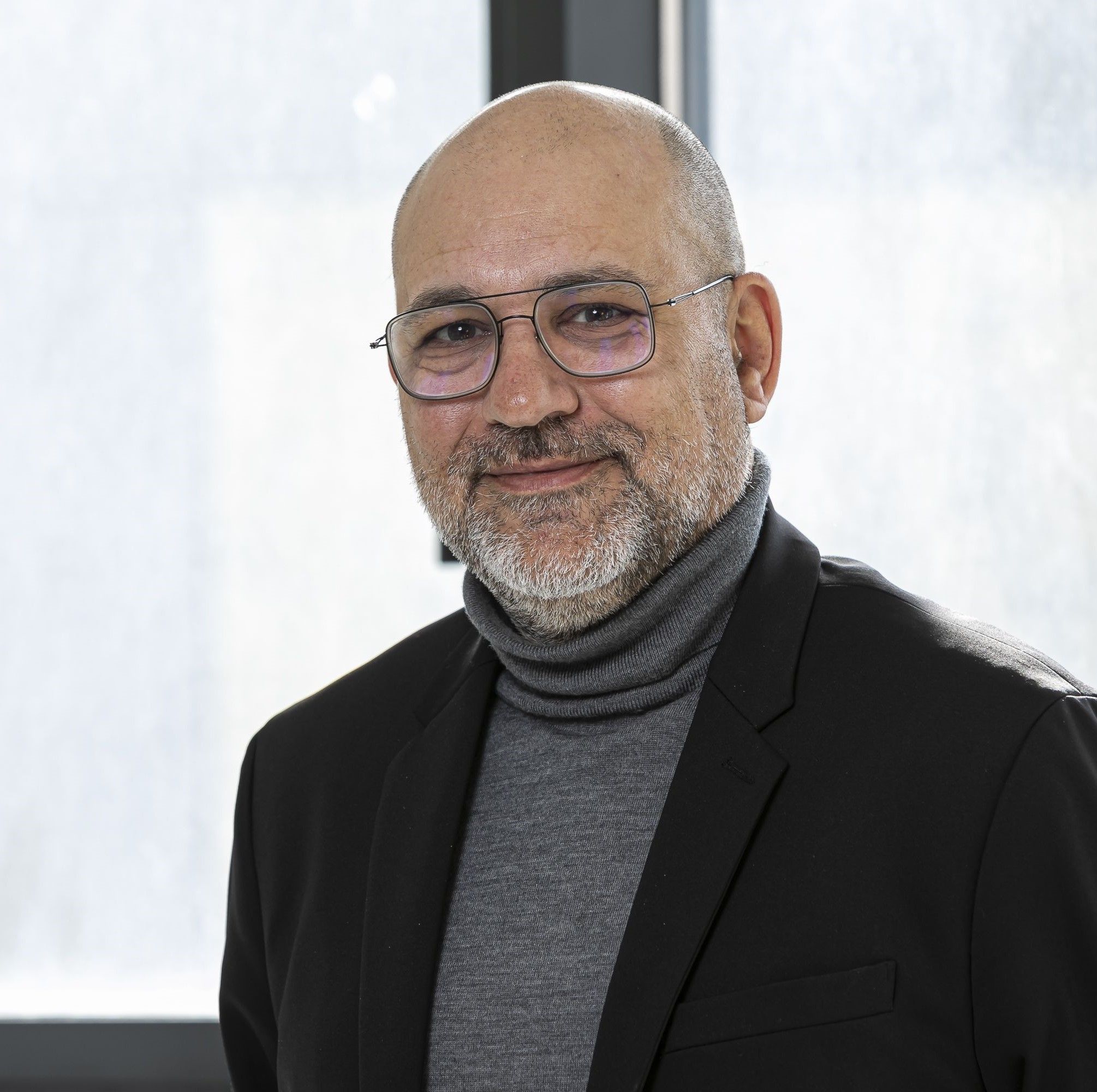
I have just got back from the United States, although not entirely yet thanks to jet lag. Nor is it completely accurate to say I was in the United States, as I was only in California and California, the state of the bear and the republican star, is the United States and yet isn’t.
Few regions in the world have had such a strong global influence. Everything that was once a novelty, illegal or freaky but is now common in our society began or first took root in California in the last century. Free love, antimilitarism, drugs, nudist beaches, same sex marriage, the cult of the body, plastic surgery, hippy culture, hipsters, PCs, the Internet, Gangsta Rap, Hollywood, the beat generation and the Church of Saint John Coltrane. And I’m leaving things out.
California is in a league of its own. According to a study from 2016 by the American Enterprise Institute (AEI), if California were an independent state, its GDP of 2,448 billion dollars would make it the sixth largest economy in the world, ahead of France’s 2,420, but with six million fewer workers. And taking much of the blame has to be Silicon Valley, the area on the south side of San Francisco bay, which the locals call "The Valley". If you go there by car, don’t bother looking for signs because it is not on the map. You will find Santa Clara, San Jose, San Mateo, Alameda and other cities, but no Silicon Valley.
The term 'Silicon Valley' first appeared in print in a series of articles by Don Hoefler in 1971 titled Silicon Valley in the USA in reference to the large number of companies located in the area that were using microprocessors based on silicon chips for their technology. The name became popular in the 1980s, coinciding with the growth of personal computing.
But that was before, when Silicon Valley sold products based on chips. Silicon Valley now sells services that are based on bits with the consequent marginal zero cost. Today, 'The Valley' is home to the most influential companies in the world. Apple, Google, Facebook, Twitter, Tesla, eBay, Netflix, Visa, HP are some of the firms that have their HQs there. Meanwhile, Amazon, Microsoft, Sony and Samsung, among others, all have a major presence there. As many as 39 companies based in Silicon Valley are on the Fortune 1000 list.
"The term 'Silicon Valley' first appears in print in a series of articles by Don Hoefler"
These companies employ some 250,000 workers who are not enough to meet the current demand (the CEOs of the main tech companies have complained about the restrictions that Trump is imposing on qualified immigration). Today, some 37% of Silicon Valley’s population is foreign. Competition is fierce; an engineer who has recently graduated from university can easily earn 100,000 dollars a year at Google or Facebook, which can rise to 150,000 over 10 years. The average time these workers spend at the same company is two years.
To put the change from chips to bits into perspective, we could compare the most productive industrial centre in the US in the 1990s with Silicon Valley today. In 1990, the three giants of the Detroit automotive sector had a joint market value of 36 billion dollars and generated revenue of 250 billion dollars. In 2014, Silicon Valley’s three largest had a joint value of 109 billion and generate more or less the same in revenue. The difference is that while in Detroit some 1.2 million workers were needed to raise the revenue, Silicon Valley did it with only 137,000 (source, WEF). An employee in Silicon Valley today generates 10 times more wealth moving bits around that one moving atoms in Detroit 27 years ago: cars were national, technology is global.
On this trip to California I spent a morning on the Facebook campus in Menlo Park and, as has become a must, I went to get a photo of the famous sign with the giant thumbs-up at 1 Hacker's Drive.

Facebook sign in Silicon Valley | Ganyet
The sign is in the middle of nowhere, beyond some car parks that go on forever and near a freeway. Beneath a punishing sun I came upon the sign from behind, and from some distance away identified the logo of Sun Microsystems, the famous manufacturer of workstations, servers and components based on silicon chips. While the logo could easily be made out, it had seen better times and was half covered by vegetation. On the other side, splendid and clearly visible was the Facebook symbol. California is also known for its respect of the environment, ecology and recycling.

Sun Microsystems sign in Silicon Valley | Ganyet
